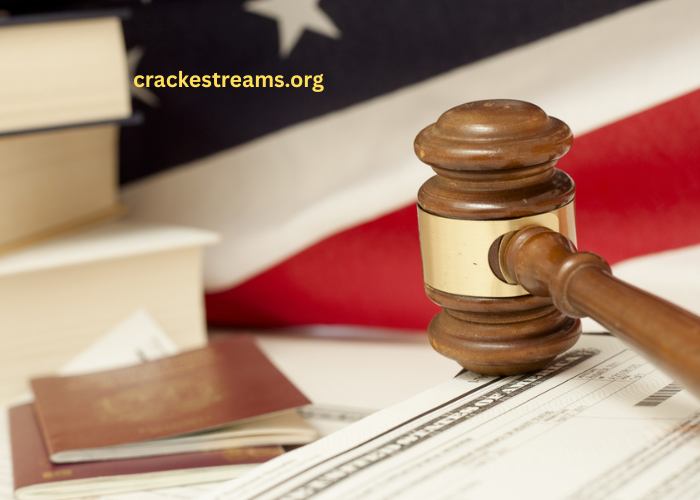State policies in the United States are evolving rapidly in response to social, economic, and technological shifts. Across the country, legislatures are introducing new laws and reforms that impact citizens in areas such as healthcare, education, the environment, and the economy. These changes reflect both local priorities and national trends, showing how each state adapts to the needs of its population and daily California news while also addressing larger challenges facing the nation.
Healthcare Policy Shifts
In recent years, healthcare reform has become a central topic in many state legislatures. Some states are expanding access to public health programs, aiming to ensure more residents can afford medical care. Others are introducing regulations to lower the cost of prescription drugs and improve hospital transparency. Telemedicine has also gained popularity, prompting new rules that allow patients to consult with doctors virtually. These policy shifts reflect an ongoing effort to modernize healthcare systems and make them more accessible to rural and underserved communities.
Education Reform Across States
Education State Policies remains one of the most debated areas of state governance. Several states are increasing teacher salaries to address shortages and attract qualified educators. Curriculum changes are also taking place, with some states focusing on STEM programs to prepare students for careers in science and technology. Others are investing in early childhood education and expanding access to pre-kindergarten programs. Additionally, the rise of digital learning tools has led states to implement policies that support online and hybrid education models, ensuring students have more flexible learning options.
Economic and Labor Policy Updates
The economy is another area where state policies are changing significantly. Many states are raising their minimum wage to address the rising cost of living. There is also an increased focus on workforce development programs that train residents for high-demand jobs in fields like renewable energy, healthcare, and technology. Some states are offering tax incentives to encourage small business growth, while others are investing in infrastructure to create jobs and boost economic activity. These policy changes aim to strengthen state economies and improve financial stability for residents.
Environmental and Climate Policies
Environmental protection has become a priority for many states, especially as climate change continues to impact local communities. Several states are adopting clean energy targets, investing in wind, solar, and other renewable sources. State Policies New laws are being introduced to reduce carbon emissions, protect natural habitats, and improve water quality. Urban areas are seeing investments in public transportation to cut down on traffic congestion and pollution. These efforts reflect a growing commitment to sustainable development and environmental stewardship.
Criminal Justice Reform
Criminal justice State Policies are also undergoing transformation in many parts of the country. Some states are revising sentencing laws to focus on rehabilitation rather than lengthy prison terms for non-violent offenses. There is also a push to improve mental health services within the criminal justice system, ensuring individuals receive appropriate treatment. States are working to reduce recidivism rates by expanding job training and education programs for those re-entering society. These reforms aim to create a more just and equitable legal system.
Technology and Privacy Laws
With rapid advances in technology, states are enacting new laws to protect personal data and online privacy. Several have implemented regulations requiring companies to be transparent about the information they collect from consumers. Others are addressing cybersecurity threats by creating guidelines for businesses and public agencies. The growth of artificial intelligence and facial recognition technology has prompted debates over ethical use and individual rights, leading to new state-level restrictions and oversight.
Public Health and Safety Measures
Public health State Policies have expanded beyond healthcare to include safety measures affecting everyday life. States are updating food safety regulations, implementing stricter building codes, and improving emergency response systems. In response to public health concerns, some are focusing on reducing opioid addiction through prevention and treatment programs. Others are addressing traffic safety by updating road design standards and enforcing stricter driving laws.
The Role of Public Opinion
State Policies changes often reflect the influence of public opinion and voter initiatives. In many cases, ballot measures give citizens the power to directly shape laws on issues like taxation, marijuana legalization, and election procedures. Grassroots movements have also played a role in driving policy changes, as residents demand action on pressing issues such as affordable housing, police reform, and environmental protection. The ability of states to respond quickly to public demands allows for policies that are more closely aligned with local needs.
Regional Differences in Policy Approaches
While national trends State Policies influence many areas of policy, states often take unique approaches based on their political culture, economic conditions, and geographic challenges. For example, coastal states may focus more heavily on climate change and disaster preparedness, while agricultural states prioritize farming subsidies and rural development. This diversity in policymaking is a hallmark of the American system, allowing for experimentation and innovation across different regions.
Conclusion
State policies in America are in a constant state of change, shaped by shifting priorities, emerging challenges, and the voices of citizens. Whether in healthcare, education, the economy, or environmental protection, these policies reflect the unique character of each state while contributing to the broader progress of the nation. As the world continues to evolve, states will remain at the forefront of policy innovation, adapting to meet the needs of their people and ensuring a stronger future for all.


